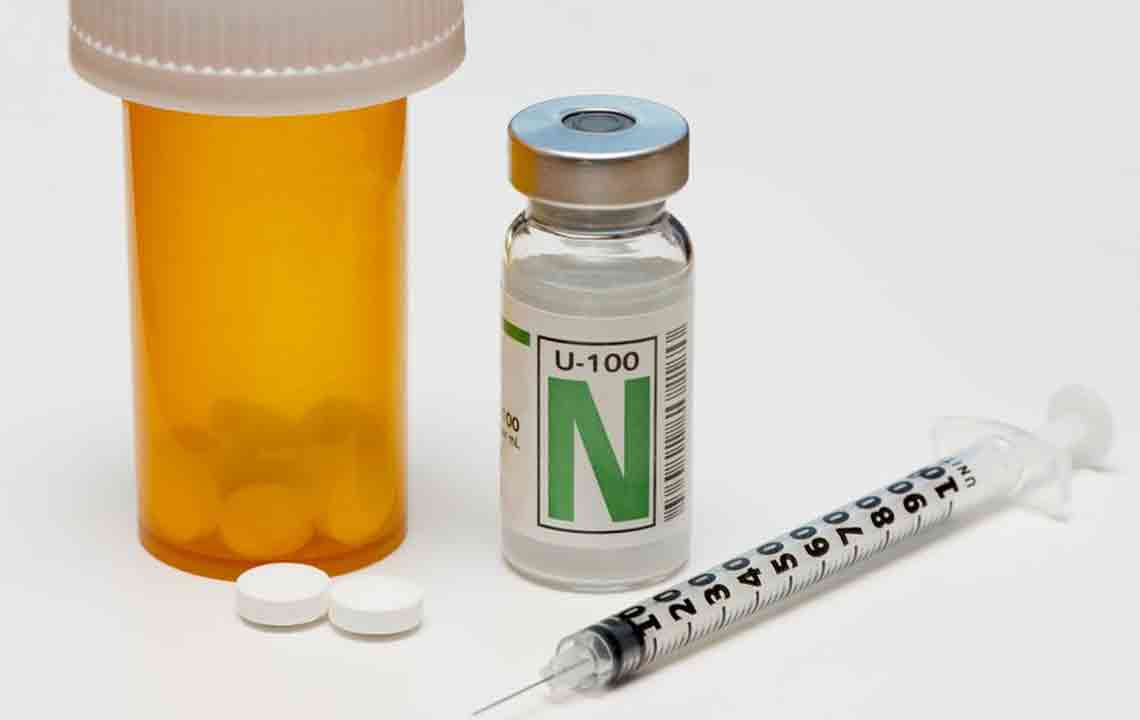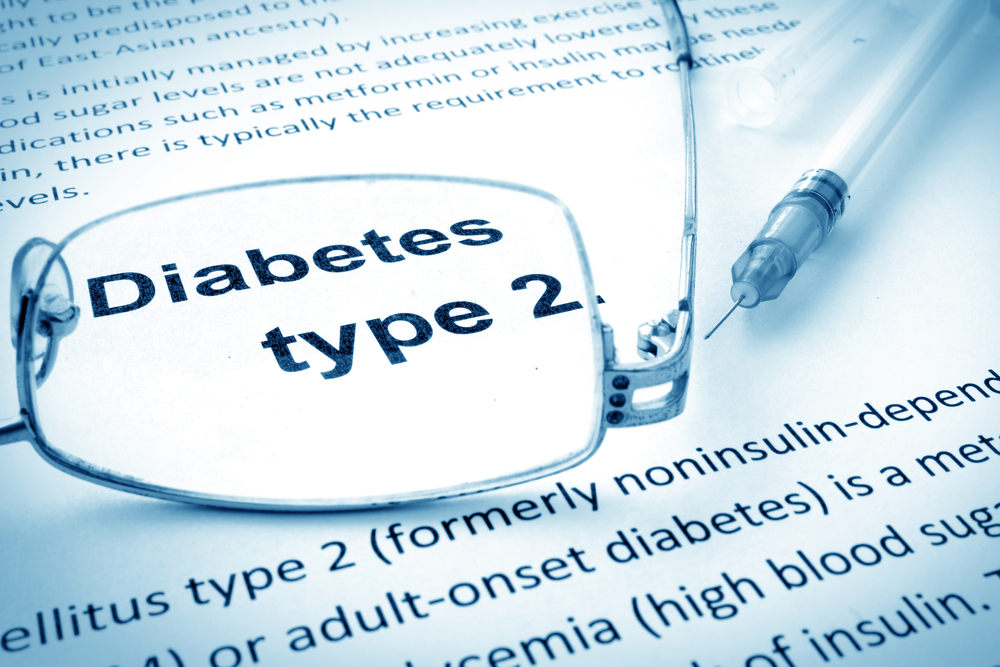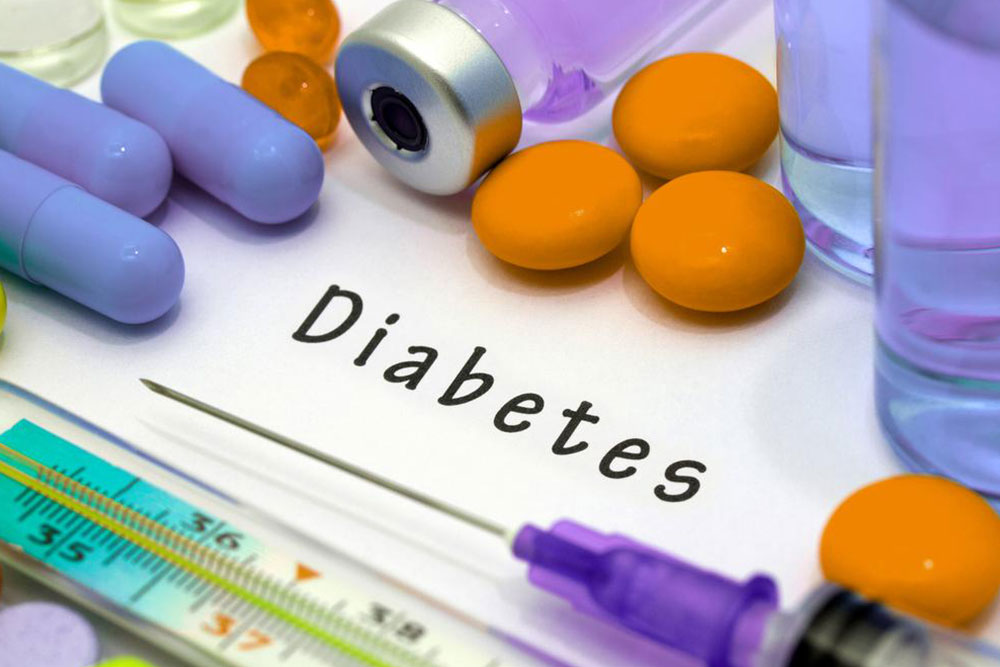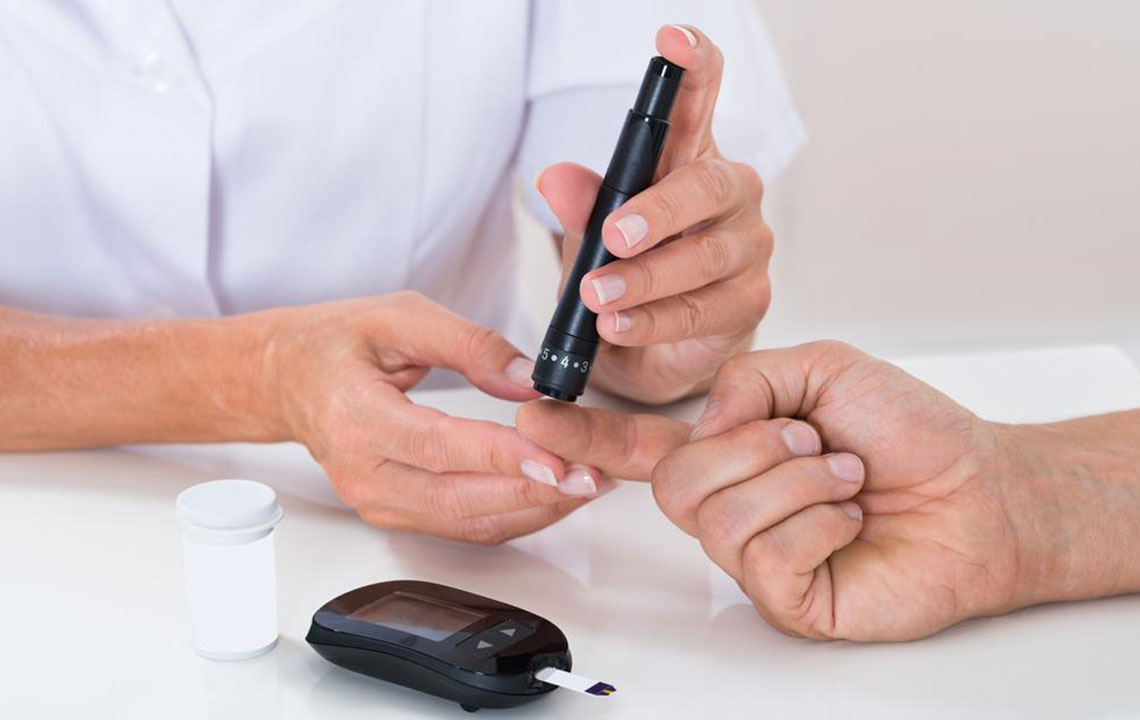Comprehensive Guide to Managing Type 2 Diabetes: Treatments, Lifestyle Tips, and Long-Term Strategies
This comprehensive guide explores how to effectively manage Type 2 diabetes through a combination of medication and lifestyle changes. It covers various treatment options, including medications like metformin, SGLT2 inhibitors, and GLP-1 receptor agonists, along with essential lifestyle strategies such as diet, exercise, and weight management. Regular monitoring and personalized plans are emphasized to prevent complications and improve quality of life. Whether you are newly diagnosed or managing long-term diabetes, this article offers valuable insights to control blood sugar and lead a healthier life.

Comprehensive Guide to Managing Type 2 Diabetes: Treatments, Lifestyle Tips, and Long-Term Strategies
Type 2 diabetes has become a significant health challenge across the globe, affecting millions of individuals and impacting their quality of life. Understanding this condition, its causes, treatment options, and effective management strategies are crucial for patients, caregivers, and healthcare providers alike. Compared to Type 1, which is an autoimmune disorder destroying insulin-producing cells, Type 2 is characterized by the body's resistance to insulin or insufficient insulin production. This article provides an in-depth exploration of how to effectively manage Type 2 diabetes through medical treatments and lifestyle modifications, aiming to improve health outcomes and prevent complications.
Diabetes management has evolved considerably over recent decades, combining advances in pharmaceutical treatments with proven lifestyle interventions. Controlling blood sugar levels is the cornerstone of diabetes care. If left unmanaged, high blood sugar can lead to serious health issues such as cardiovascular disease, nerve damage, kidney failure, and vision loss. Therefore, understanding the available treatments, medications, dietary plans, and physical activity routines is essential for maintaining healthy blood glucose levels and enhancing overall well-being.
Effective management of Type 2 diabetes involves personalized medication plans tailored to individual health profiles and disease severity. Various classes of drugs are available, each targeting different aspects of blood sugar regulation and insulin sensitivity. Combining these medications with lifestyle adjustments significantly enhances the chances of long-term control. Moreover, ongoing monitoring and regular health check-ups are critical to adapt treatment plans as needed and prevent potential complications.
Medications Used in Treating Type 2 Diabetes
Managing Type 2 diabetes often requires a multifaceted pharmaceutical approach. Healthcare professionals select medications based on individual patient needs, considering factors like age, comorbidities, and disease progression. Below are some of the most commonly prescribed drug classes and their roles in diabetes treatment:
Alpha-glucosidase inhibitors
These medications work by delaying carbohydrate absorption in the intestines, thus reducing post-meal blood sugar spikes. Typically administered before meals, they help regulate blood glucose levels effectively when combined with dietary adjustments. Their use should be closely monitored to prevent gastrointestinal side effects.
Biguanides
The most well-known drug in this class is metformin. It decreases hepatic glucose production and enhances insulin sensitivity in muscle tissues. Metformin is often the first-line treatment due to its efficacy, safety profile, and additional benefits like promoting weight loss.
Dopamine Agonists
This class influences neuroendocrine pathways to improve insulin response and reduce insulin resistance. Although less commonly used, they can be beneficial for specific patient groups.
DPP-4 Inhibitors
These drugs improve the body's incretin system, increasing insulin secretion and decreasing glucagon levels, thereby lowering blood sugar. Their convenience and low hypoglycemia risk make them popular among clinicians and patients.
Glucagon-like Peptides (GLP-1 receptor agonists)
They mimic natural hormones that stimulate insulin release, suppress appetite, and slow gastric emptying. These medications often aid in weight management alongside blood sugar control.
Meglitinides
Acting quickly, they stimulate pancreatic insulin secretion but require careful monitoring due to the risk of hypoglycemia.
SGLT2 Inhibitors
By blocking glucose reabsorption in the kidneys, these drugs promote urinary glucose excretion, helping to lower blood sugar levels and often assisting with weight loss and blood pressure reduction.
Sulfonylureas
Their primary function is to stimulate the pancreas to produce more insulin, which can be effective but may carry a risk of hypoglycemia and weight gain if not managed properly.
Thiazolidinediones
They improve insulin sensitivity by acting on fat and muscle tissues and reduce the liver's glucose output. These medications are used cautiously due to potential side effects.
Choosing the appropriate medication regimen depends on a comprehensive evaluation by healthcare professionals, considering the patient's overall health status, disease severity, and potential medication side effects. Often, a combination of drugs is employed to achieve optimal blood sugar control.
Lifestyle Changes: An Essential Component of Diabetes Management
While medications play a crucial role, lifestyle modifications are equally vital and can lead to significant improvements in blood sugar management and overall health. Regular physical activity, healthy eating habits, and weight management are key components to controlling Type 2 diabetes effectively.
Physical Activity
Engaging in regular exercise such as walking, swimming, cycling, or yoga enhances insulin sensitivity, promotes weight loss, and improves cardiovascular health. Experts recommend at least 150 minutes of moderate intensity activity per week, tailored to individual abilities and health status. Consistent activity not only helps maintain blood glucose levels but also boosts mood and energy levels.
Balanced Diet
A diet focused on whole grains, lean proteins, healthy fats, and high fiber foods supports glycemic control. Reducing refined sugars, processed foods, and sugary beverages minimizes blood sugar spikes. Meal timing and portion control help prevent overeating and provide stable energy throughout the day. Working with a registered dietitian can help craft a personalized dietary plan that aligns with medical treatment.
Weight Management
Achieving and maintaining a healthy weight improves insulin sensitivity and reduces the risk of complications. Even modest weight loss (5-10% of body weight) can lead to significant health improvements. Strategies include eating nutrient-dense foods, staying physically active, and making behavioral changes to support long-term habits.
Monitoring and Follow-Up
Regular blood sugar monitoring through fasting glucose, postprandial tests, and Hemoglobin A1c levels helps assess the effectiveness of treatment strategies. Periodic health evaluations allow for timely adjustments to medication or lifestyle approaches, preventing complications and ensuring optimal health management.
In conclusion, effective management of Type 2 diabetes requires a comprehensive approach that combines medication, lifestyle modifications, and regular monitoring. Personalized treatment programs, developed in collaboration with healthcare professionals, can improve quality of life, reduce the risk of complications, and promote long-term health. Staying informed about new treatment options and maintaining a proactive attitude toward health are vital for successfully managing this chronic condition.





